Reportar esta entrada
Más sobre la misma comunidad-colección
David L. Carrasco Job Corps Mural - El Paso, Texas - 2017
Photograph taken in 2017 of the mural in front of the David L. ...
Cathedral High School and Saint Patrick's Cathedral Exhibit
Cathedral High School and Saint Patrick's Cathedral honored on ...
Cathedral High School & Saint Patrick's Cathedral - 2017
Photograph taken at the opening for First Steps - exhibit ...
Loretto Academy - El Paso, Texas - 2017
Loretto Academy on August 7, 2017 - Father Ed Roden- Lucero ...
Extraordinary Ladies In Our Communities - 2017
Designed to honor ladies who have successfully achieved great ...
Extraordinary Ladies In Our Communities - 2017
Designed to honor ladies who have successfully achieved great ...
Joe Gomez Little League Baseball Puerto Rico
Joe Gomez and brother, Ralph, sporting baseball uniforms ...
Juliet Hart - Honored By The Community - 2017
Juliet Hart - honored by the African American Community for her ...
President of the Board of Directors - Anna Howell - 2017
President of the Board of Directors - Anna Howell - 2017 ...
Patricia White & Connie Hopkins - 2017
Patricia White & Connie Hopkins at the ceremony to honor black ...

















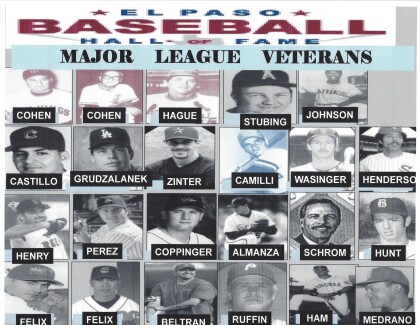
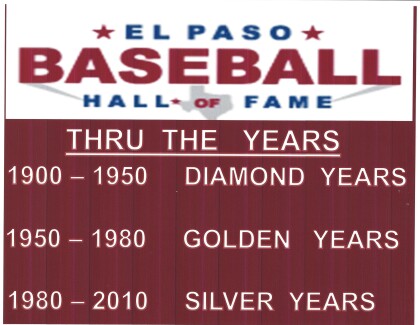
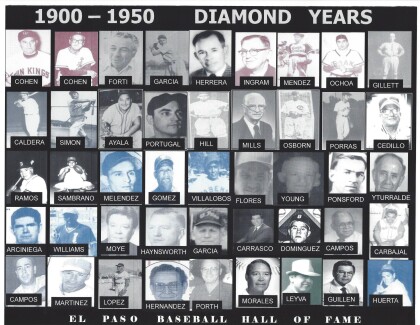
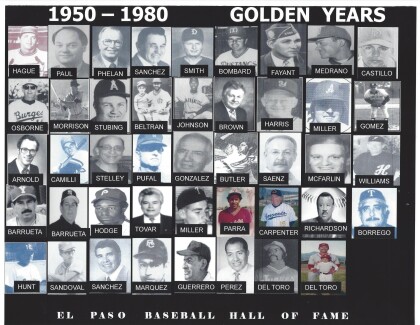
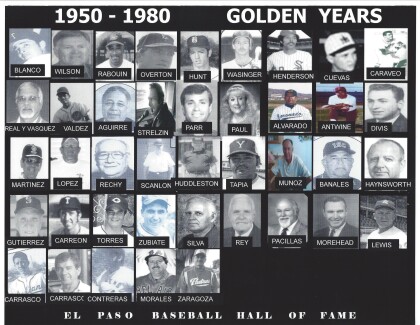
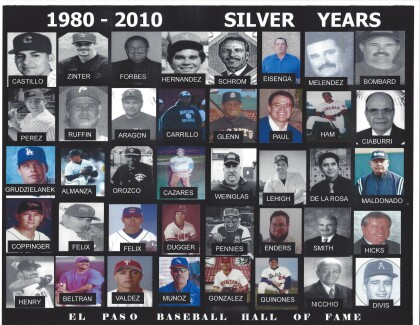


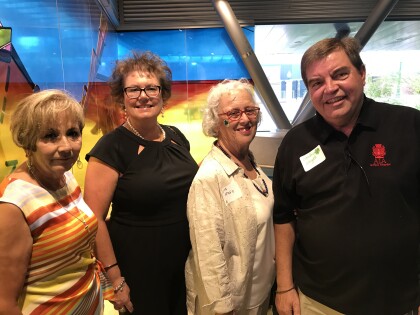
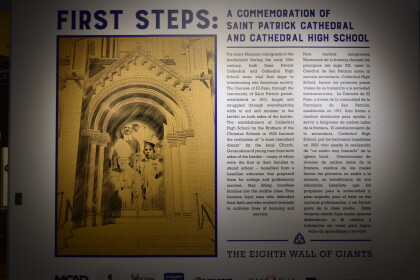
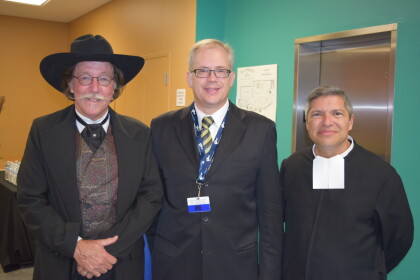
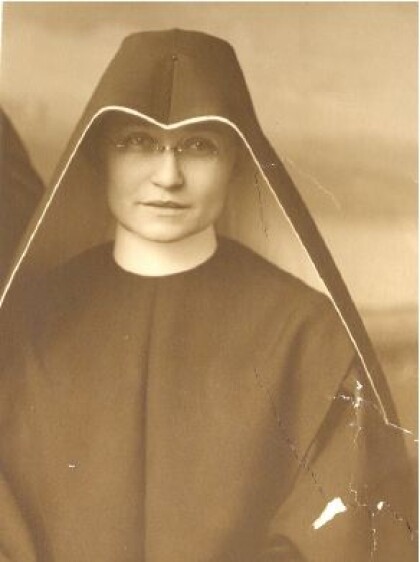

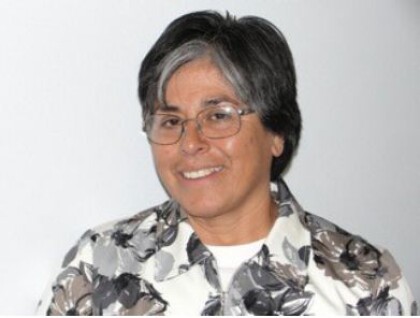
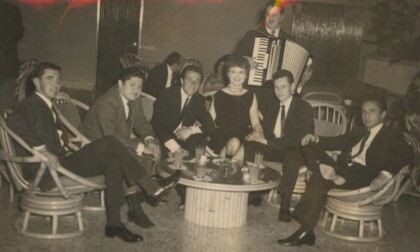
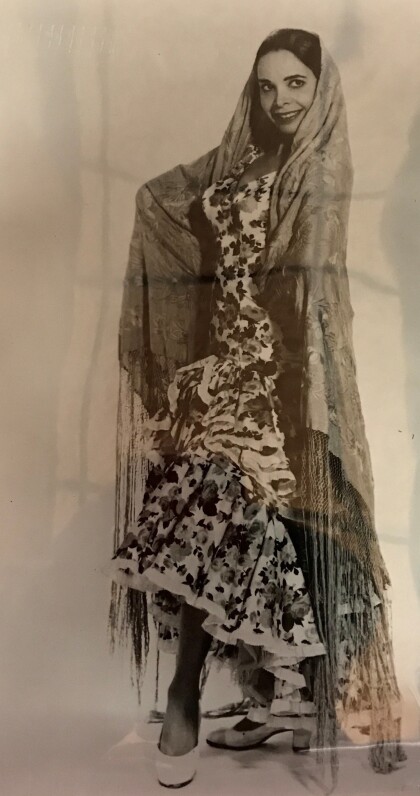
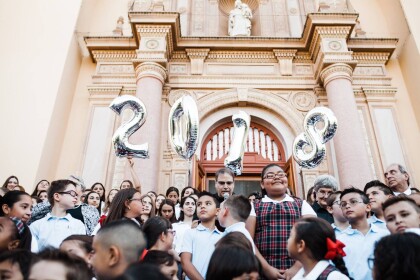


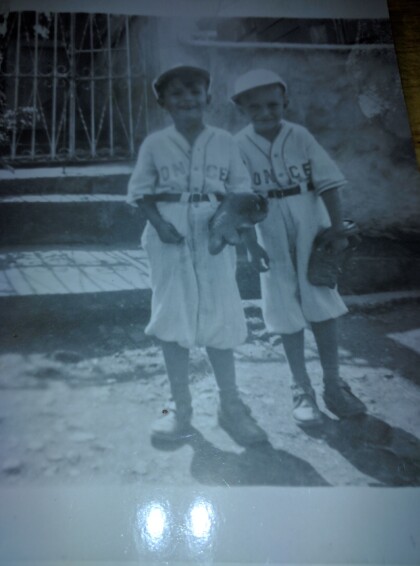



Comentarios
Hacer un comentario